I want to modify the legend of the following plot (minimal example):
library(ggplot2)
library(plotly)
data(iris)
plt <- ggplot(iris, aes(Sepal.Length, Sepal.Width, color = Species)) +
geom_point()
In particular, I need to modify the title and the item names (setosa, versicolor, virginica should be any other string I supply for each species).
In plain ggplot2 this is possible with e.g.
+ scale_color_discrete(name = "Flower Species",
labels = c("SET", "VERS", "VIRG"))
and this works fine by itself.
But these legend modifications are not adopted when converting the plot with ggplotly().
In the documentation of ggplotly I cannot find the modifications that I need.
- How to modify the legend of a ggplotly plot?
- If that is not possible, how to convert a ggplot plot into a plotly plot without ggplotly, and then to modify the legend of the standard plotly plot?
